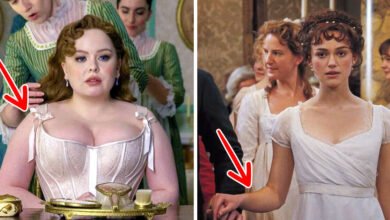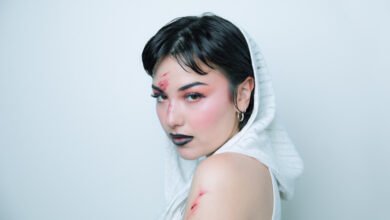9 Nail Trends That Captivated Fashionistas From Ancient Egypt Till Modern Times
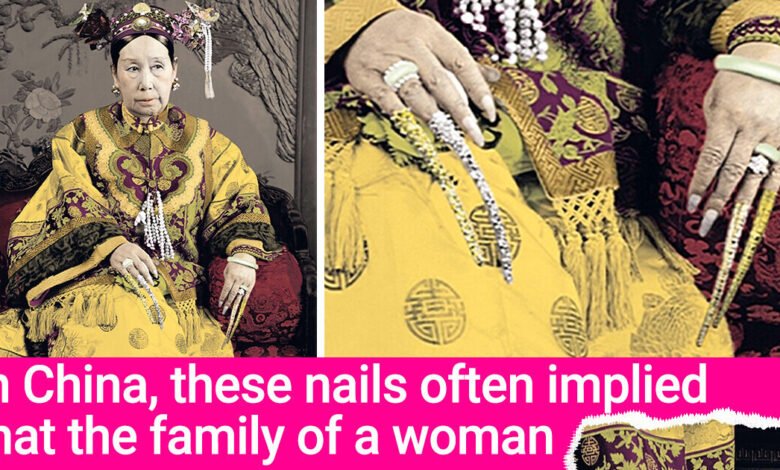
Nowadays, manicure is a canvas for self-expression, but for centuries, nail decoration was part of culture, religion and could tell us a lot about a person. There has been an evolution in the world of manicure, which step by step has brought us to a variety of designs to choose from.
Who was first?
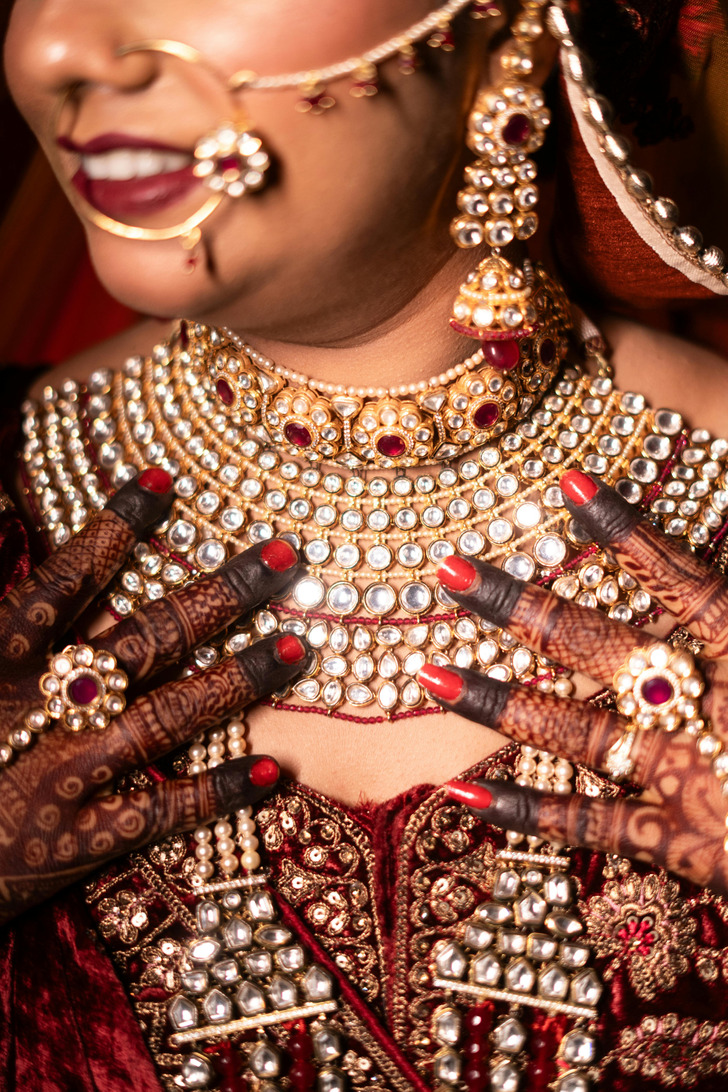
![]()
Indian women are believed to have pioneered manicures in the Bronze Age. They used henna to give their nails a dark brown and red color.
Long fingernails in China were a symbol of nobility.
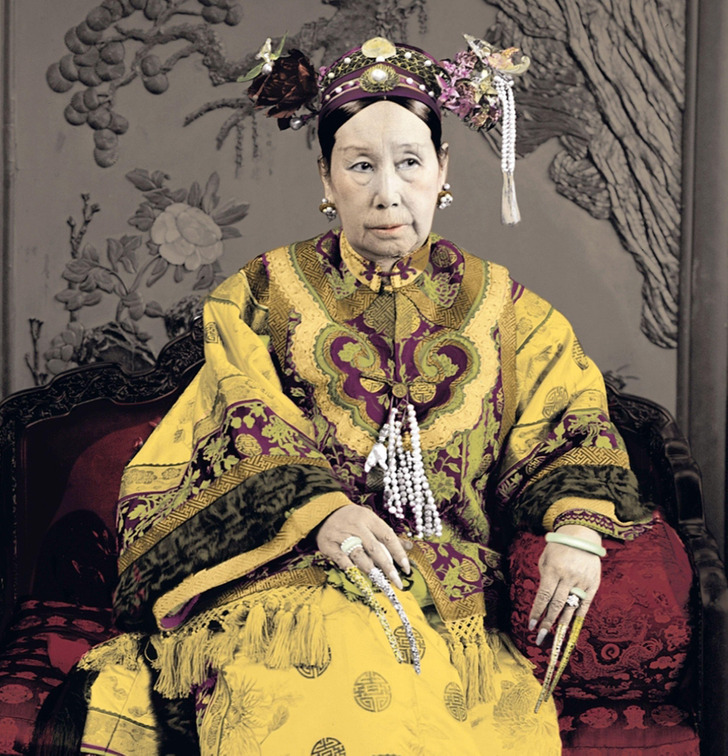
![]()
The fashion for manicure was picked up in ancient China and used to emphasize a person’s belonging to the ruling class. Rich people wore red, silver or gold nail polish. It was illegal for ordinary people to color their nails in these shades.
Over time, long, extravagant nails became popular. These nails often implied that the family of a woman is wealthy, and she doesn’t need to work. After all, 6-inch nails were definitely incompatible with working in the fields.
Noble ladies of the Forbidden City (a palace complex in the center of Beijing) even wore special covers on their ring fingers and little fingers to protect their nails from breaking. They were introduced into fashion by Empress Dowager Cixi. In her collection, you can find gold, silver, copper, hawksbill, and jade nail covers inlaid with precious stones.
Ivory nails
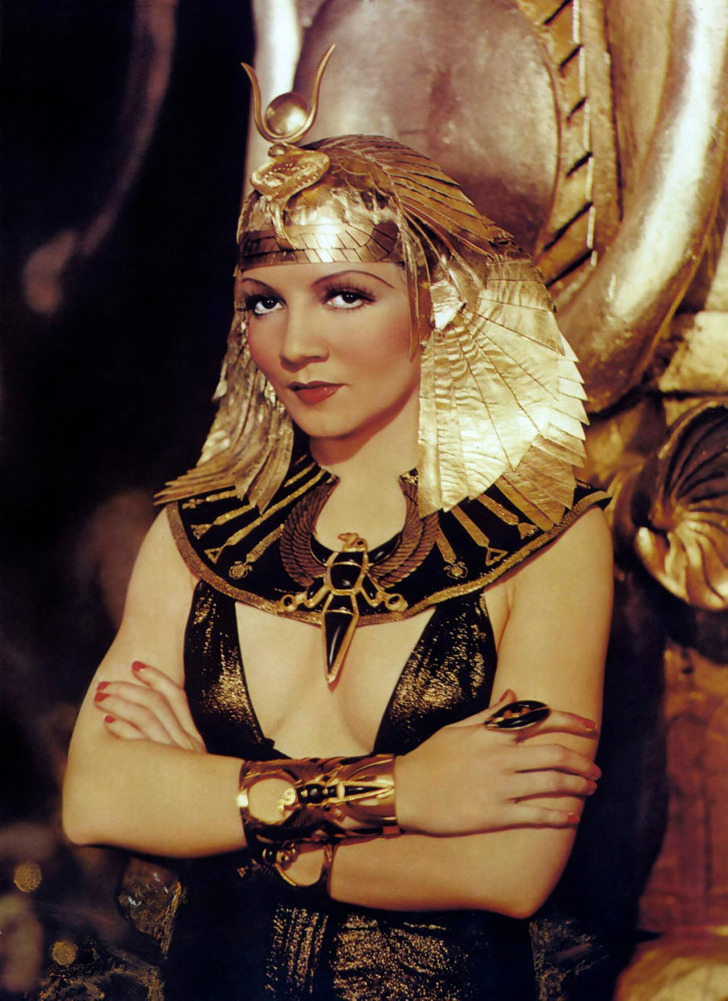
![]()
In the land of pharaohs, well-groomed hands were a reflection of status and wealth. The nobility often used ivory nail extensions to show their high status.
Ordinary people could also paint their nails, but not in bright colors. Henna, for example, was available only to the elite and priests, because red nails were associated with vitality. It’s believed that Cleopatra preferred red manicure.
Oil and soot
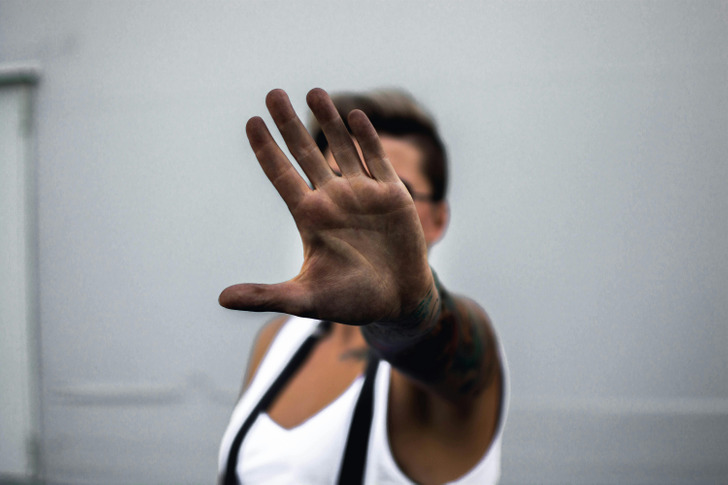
![]()
In the Middle Ages, the influence of the church and a conservative approach to beauty led to a more restrained attitude toward nail decoration. Long nails were seen as a symbol of vanity.
The more important task was to protect the nails from damage and infection. A mixture of oil and soot was used for this purpose. Only some women of noble birth could afford to cover their nails with a special transparent compound.
Symbolism in the Middle Ages
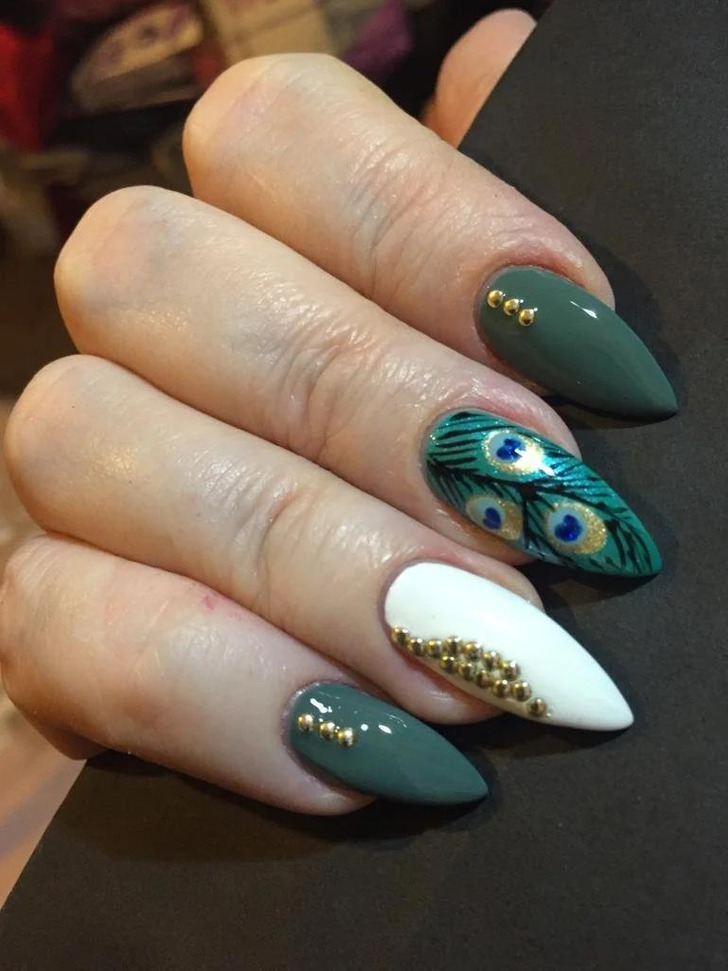
![]()
“My best peacock manicure ever!”
Nowadays, nail art is just a decorative element. But in the Middle Ages, it reflected a person’s personality. Symbolic designs were often used, each with its own meaning.
For example, the image of peacock feathers spoke of wealth and prosperity, and the design with roses embodied love and beauty. Images of crosses and saints demonstrated a person’s beliefs. The very process of applying a manicure could be a form of meditation.
Manicures and car paint

![]()
Nail polish, as we know it today, was created in the early 20th century and became available to all social classes. However, at first it was produced in the form of paste, powder, or pencils. The first liquid nail polish appeared only 5 years later, and after 10 years, the makeup artist Michelle Menard created a gloss nail polish, which was inspired by the shine of car paint.
Fingernails from a dentist

![]()
In 1957, the first acrylic nail was accidentally created by a dentist. Dentist Frederick Slack used dental acrylic to fix a broken nail. The ability to create long and strong nails opened up a whole world of nail art.
Saving money in the French style
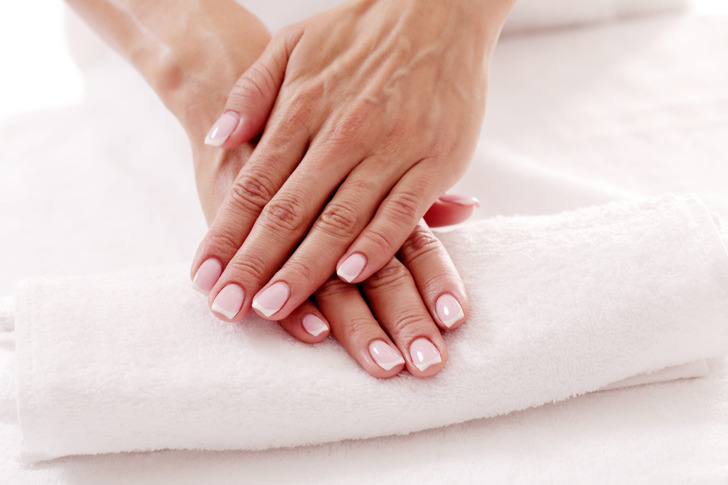
![]()
The French manicure is believed to have been invented by Jeff Pink in the mid-1970s. He was asked by a Hollywood film director to come up with a universal look for nails that would save actresses from having to repaint them every time they changed costume. He was inspired by the effect of a brightening white pencil. The set of white, pink and beige polish was a hit with movie stars and studios, saving them time and money.
Uma Thurman’s nails
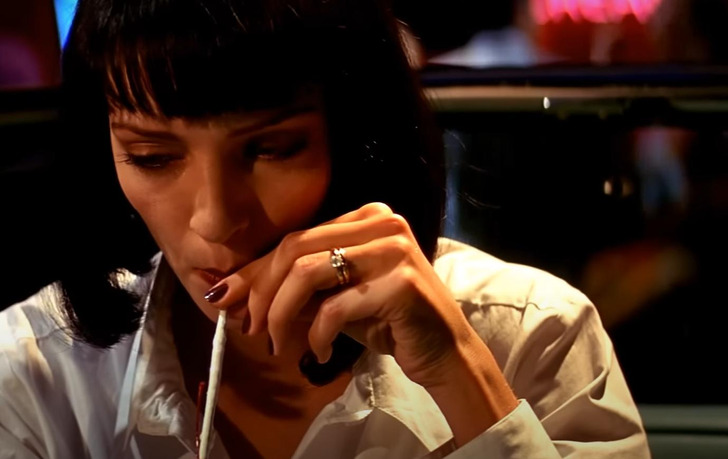
![]()
In pop culture, movie stars have been the driving force behind nail polish trends. In 1995, Chanel’s Rouge Noir was worn by Uma Thurman’s character in Pulp Fiction. On the day of the movie release, it was completely sold out. The hype caused people waiting 12 months to get the coveted nail polish.
And here are tips for those who want to get a safe manicure.
Comments
Lucky you! This thread is empty,
which means you’ve got dibs on the first comment.
Go for it!
![]()
